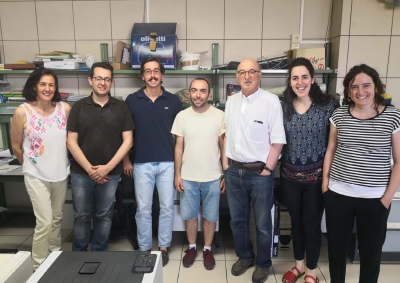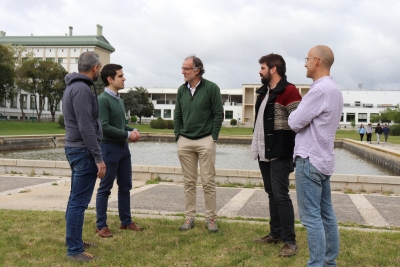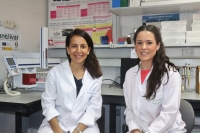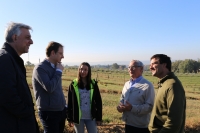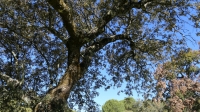PROJECT SUSTAINFARM | Agriculture Expands its Possibilities by Combining Elements
Escrito por UCC+iThe SustainFARM project seeks to augment the agronomic, environmental and economic performance of Integrated Food and Non-food Production Systems (IFNS)
COOP+. Europe Joins Forces to Tackle Environmental Challenges
Escrito por UCC+IThe COOP + project seeks to coordinate four research infrastructures to fight against global environmental change
PHOTO4FUTURE. Catalyst Synthesised Using Cereal Waste Activated by Sunlight
Escrito por UCC+IThe Photo4Future project investigates the use of visible light in chemical transformations, in search of greener reactions
The University of Cordoba has simplified the method to categorize olive oil
Escrito por UCC+IA research group has developed an analytical methodology to go along with sensory tasting and is working towards putting it into effect at businesses
LIFE + CLIMAGRI. Adapting Agriculture to Fight Climate Change
Escrito por UCC+iThe LIFE + ClimAgri project promotes a set of sound agricultural practices to mitigate and adapt to the effects of global warming
University of Cordoba research analyzes how changes in the structure of soil microbiota affect holm oak decline


